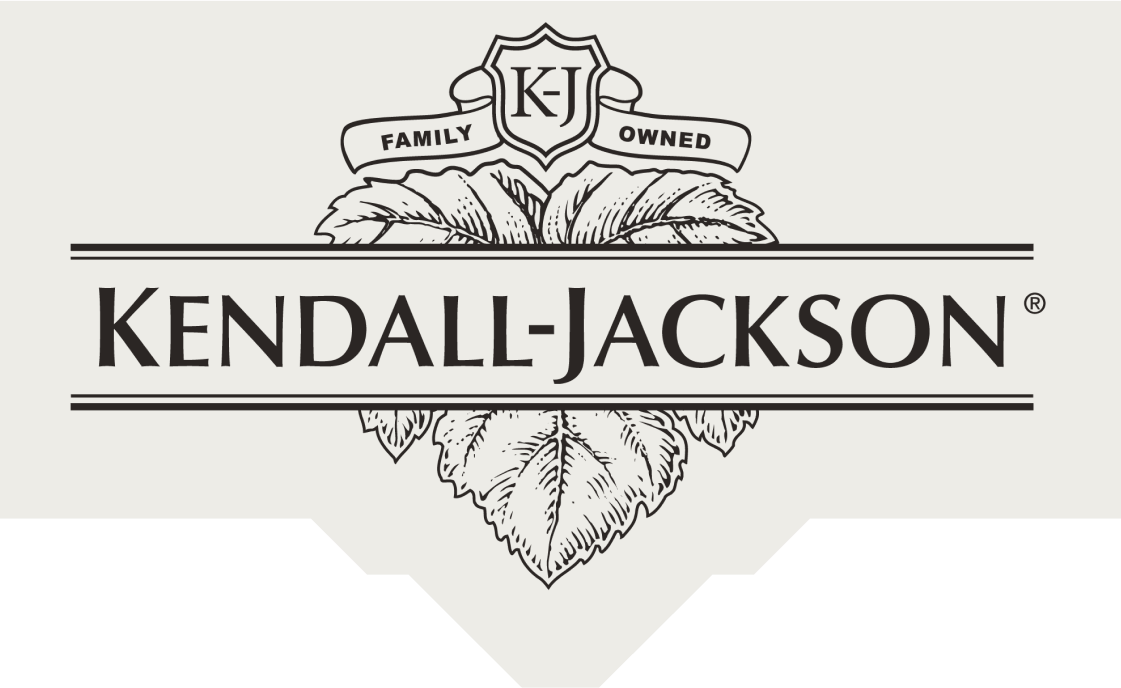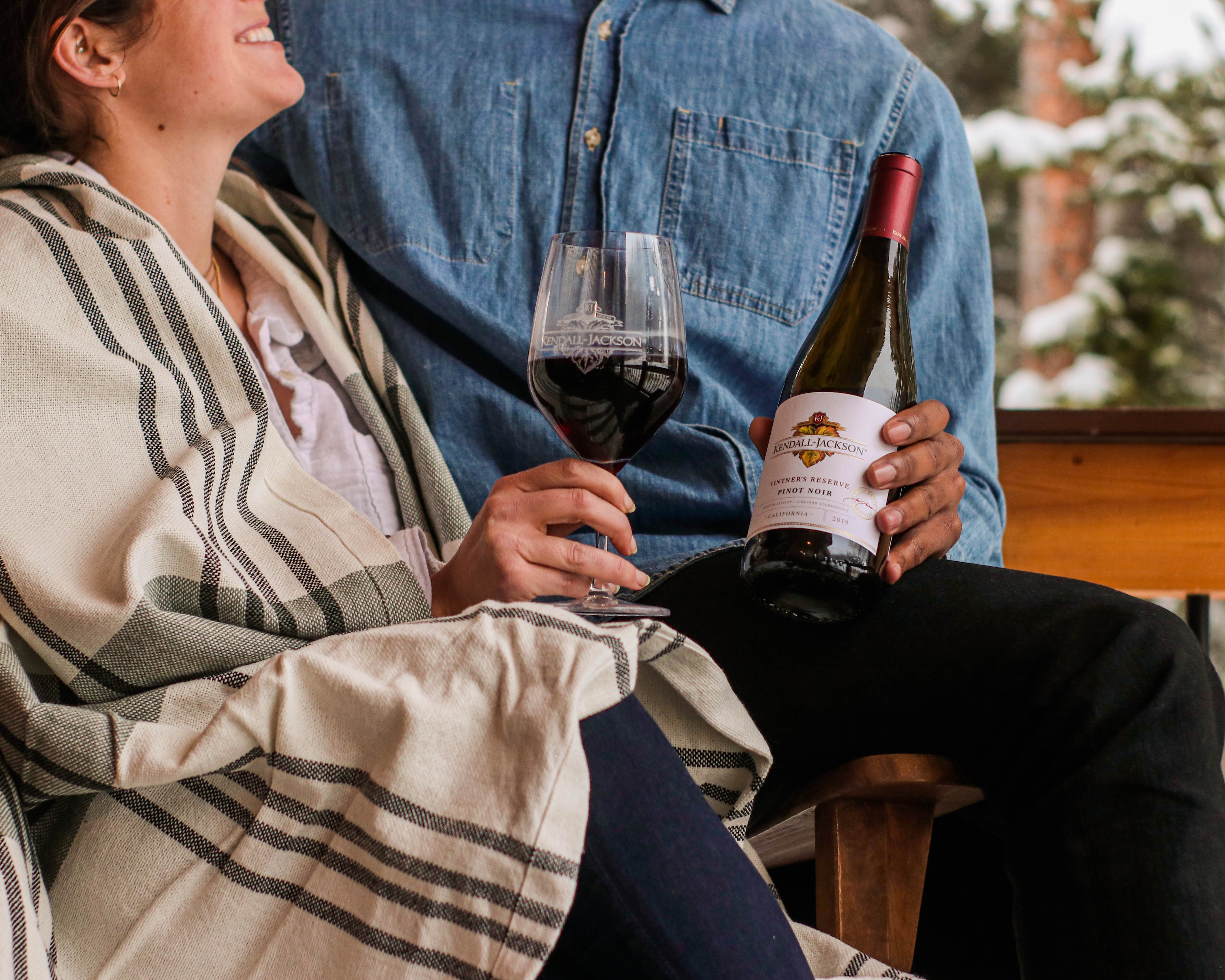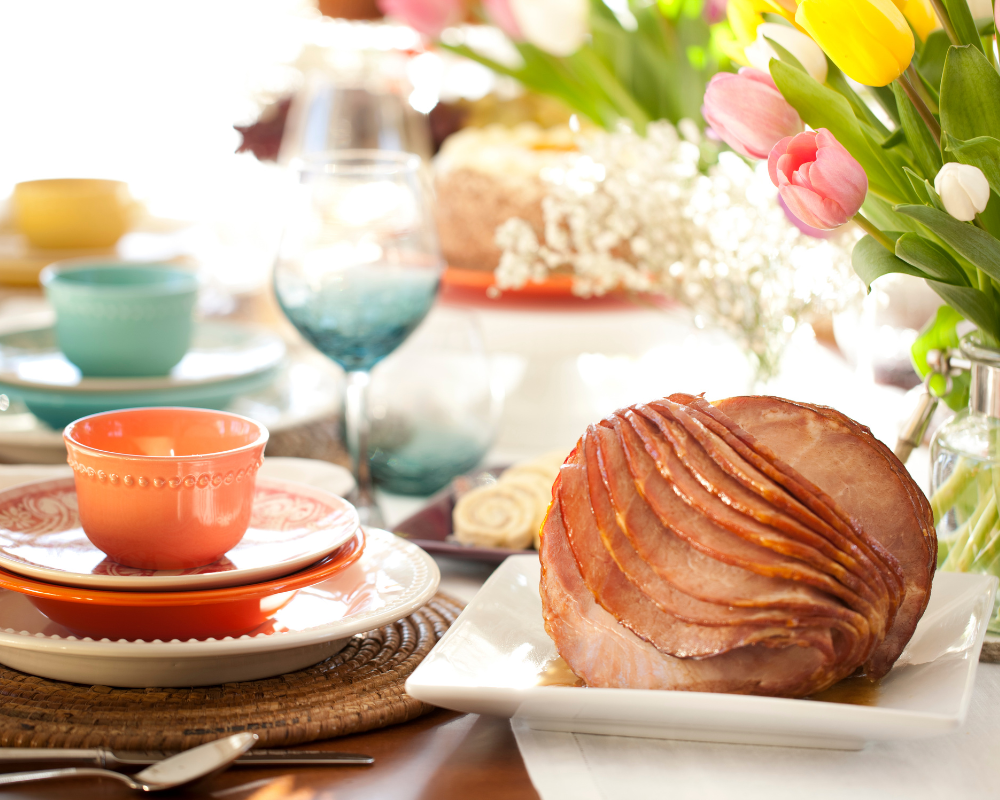Happy National Zinfandel Day
Yes Zinfandel, the great historical grape of California — like mothers, cheese and Chardonnay — finally has been honored with its own national day. About time. Many people don’t realize that, way back in the 1800s, before there was Cabernet Sauvignon or Pinot Noir grown in California, there was Zinfandel — and lots of it.
The grapes were planted everywhere from Southern California and Napa/Sonoma up to Mendocino, then eastward through the Sacramento Delta and Lodi, all the way into the steep slopes of the Sierra Foothills, where oceans of Zinfandel were produced to slake the palates of the thirsty 49er Gold Miners.
Actually, many of those Zinfandels probably contained percentages of other grapes, such as Carignane, Alicante Bouschet, Petite Sirah and Mataro (Mourvedre). The old Italian-American immigrants who planted these 19th century vineyards installed different grape varieties in order to ensure that, if one variety struggled in any given vintage, they would at least have other varieties that performed well. Besides, they didn’t care about varietally-labeled wine, the way we do today. California still has hundreds of acres of these old, inter-planted vineyards, although they are an endangered species due to modern development; the resulting wines are often called “field blends.”
Kendall-Jackson’s 2012 Vintner’s Reserve Zinfandel is a modern example of such a “field blend.” It’s 88% Zinfandel, with the remainder being Syrah, Petite Sirah, Carignane and Merlot. Although the Mendocino and Sonoma county vineyards it’s sourced from are not terribly old, our Winemaster, Randy Ullom, chose to include the other varieties to make his Zinfandel more interesting and complex. Since Zinfandel is not a wine that likes a great deal of oak (unlike some Cabernet Sauvignons), Randy aged the wine in only 18% new French and American oak barrels — just enough to give it hints of toast and smoke. When I reviewed the wine, last month, I found flavors of red currants, raspberry jam and pomegranates, in addition to the spiciness you expect from Zinfandel. In this case, it was Chinese 5-spice, with just a touch of smoky wood.
It’s a food wine: rich and satisfying by itself, but even better when called in to support classic pairings such as grilled sausages, braised brisket tacos, ribs, Cajun-spiced fish, cioppino or roast duck. If you like cheeses, try softer, ripe triple-creams and Bries. Even certain desserts will work: spice cake, gingerbread, carrot cake, or chocolate, especially with some orange mixed in.
Steve Heimoff is one of America’s most respected and well-known wine writers. The former West Coast Editor for Wine Enthusiast Magazine and a contributor to Wine Spectator, he has also authored two books on the subject of California wine, including “New Classic Winemakers of California: Conversations with Steve Heimoff,” published in the fall of 2007.









